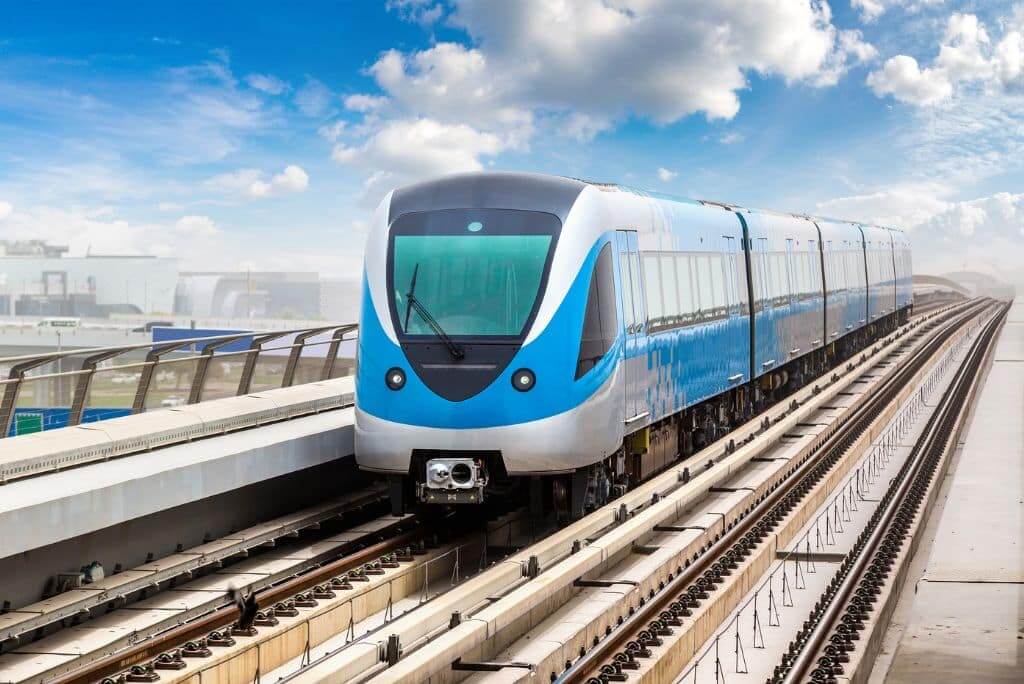How the Dubai Metro Blue Line Will Transform Urban Transit and City Growth

A city’s greatness isn’t just defined by its skyline but by how efficiently it connects people
and enhances their daily lives. With its visionary leadership, Dubai continues to expand its
infrastructure to accommodate rapid urban growth. As the population is expected to exceed 7
million by 2040, the city remains committed to enhancing its transport network.
The Dubai Metro Blue Line, the latest expansion under the Roads and Transport Authority
(RTA) aims to further integrate residential and commercial hubs, reinforcing Dubai’s position
as a global leader in urban planning. Following the success of the Red and Green Lines, the
Blue Line is set to reshape the city’s public transportation landscape.
Dubai Metro Blue Line: A Key Step in the 2040 Urban
Master Plan
Dubai’s 2040 Urban Master Plan is a long-term vision focused on sustainable development
and enhanced mobility. The introduction of the Blue Line aligns with the city’s goal of
developing a “twenty-minute city,” where 80% of essential services are within a short
commute.
The new metro line will significantly boost connectivity, making public transport the
backbone of urban expansion. By linking key residential and commercial areas, it will not
only ease daily commutes but also contribute to Dubai’s Transit-Oriented Development
(TOD) model, where transport hubs shape city growth.
Dubai Metro Blue Line: Routes, Stations, and Key
Features
Slated to open in 2029, the Blue Line will mark 20 years since the launch of the Dubai Metro.
Covering 30 kilometers with a combination of elevated and underground tracks, the route
will feature 14 modern stations, including major interchange hubs.
Areas Covered
● Mirdif
● Al Warqa
● Dubai International City 1 & 2
● Dubai Silicon Oasis
● Academic City
● Ras Al Khor Industrial Area
● Dubai Creek Harbour
● Dubai Festival City
The Blue Line will have two main routes:
- Route 1 (From Creek Interchange, Green Line) – Passing through Dubai Festival City,
Ras Al Khor, International City, Dubai Silicon Oasis, and Academic City. - Route 2 (From Centre point Interchange, Red Line) – Connecting Mirdif, Al Warqa, and
International City.
Key Stations & Interchanges
- Centre point Metro Station (Red Line)
- Al Khor Metro Station (Green Line)
- New station at International City
One of the highlights is the Dubai Creek Harbour station, designed by the globally
renowned firm Skidmore, Owings & Merrill (SOM)—the same architects behind the Burj
Khalifa.
Economic & Real Estate Impact of the Dubai Metro Blue
Line
Efficient public transport is a driving force behind economic growth, and Dubai’s continued
investment in metro expansion reflects its commitment to progress. Cities worldwide have
seen increased property values, enhanced business activity, and improved workforce
mobility with well-connected transit systems.
The Blue Line will support Dubai’s Economic Agenda D33, linking residential hubs,
commercial zones, and Dubai International Airport—fueling business expansion and
tourism. Additionally, real estate prices along the metro route are expected to rise,
making properties near Blue Line stations a prime investment choice.
Why the Blue Line is a Game-Changer for Dubai
The Dubai Metro Blue Line is more than just an infrastructure project—it represents the
city’s ambition to become one of the world’s most sustainable, connected, and
forward-thinking urban hubs. Improved mobility and accessibility will increase the
desirability of surrounding neighbourhoods, making them attractive for both residents and
investors.
For those looking to invest in Dubai’s growing real estate market, properties near metro lines
offer strong rental demand and long-term appreciation. If you’re considering investing in
prime locations, our team at Ardor Capital Real Estate is here to guide you.
Get in touch today to explore the best investment opportunities in Dubai!
